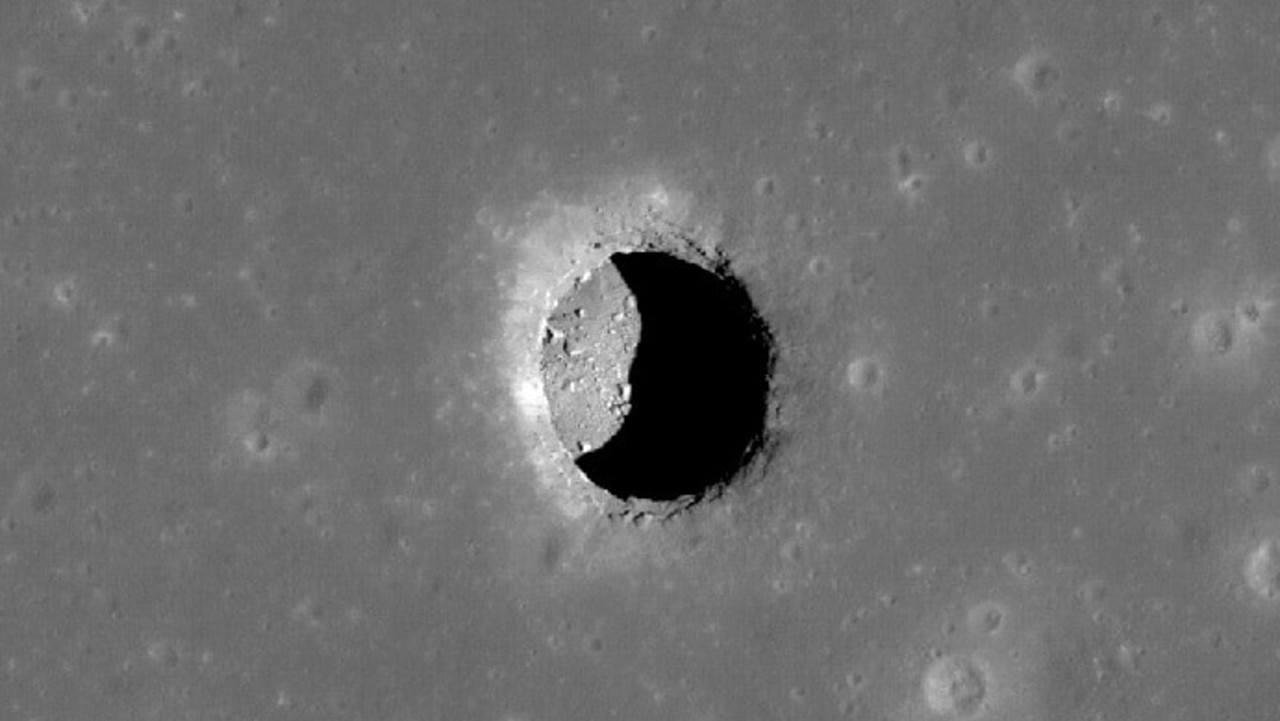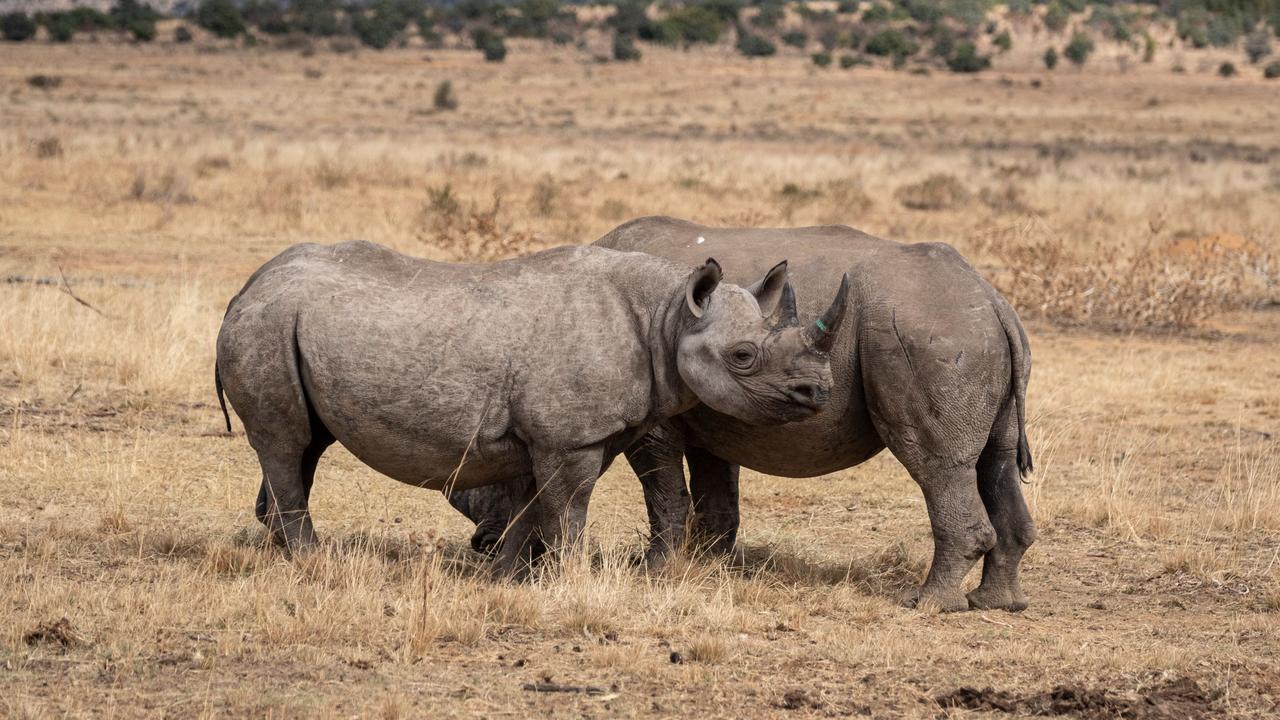Scientists get creative in the kitchen serving up woolly mammoth meatball
Food scientists have cooked up a giant meatball made from lab-grown flesh of an extinct woolly mammoth

READING LEVEL: GREEN
Food scientists have unveiled* a giant meatball made from lab-grown flesh of an extinct woolly mammoth, saying the protein* from the past showed the way for future foods.
The glistening meatball was displayed under a glass bell jar by Australian-based cultivated* meat firm Vow at the NEMO science museum in the Dutch capital of Amsterdam.

But it is not ready to be eaten just yet, with the thousands-of-years-old protein requiring safety testing before modern humans can tuck in.
“We chose woolly mammoth meat because it is a symbol of loss, wiped out by climate change,” said Vow co-founder Tim Noakesmith.

Mr Noakesmith said humans “face a similar fate if we don’t do things differently”, including changing practices such as large-scale farming and how we eat.
Grown over a period of several weeks, the meat was “cultivated” by scientists who first identified the DNA sequence* for mammoth myoglobin*, a key protein that gives the meat its flavour.
Filling in some gaps in the sequence of the mammoth myoglobin by using genes from the African elephant, the mammoth’s closest living relative, it was then inserted into sheep cells using an electrical charge.

If that process doesn’t put you off, then the safety issues might.
“I won’t eat it at the moment because we haven’t seen this protein for 4000 years,” said Ernst Wolvetang of the Queensland University’s Australian Institute of Bioengineering who worked with Vow on the project.
“But after safety testing, I’d be really curious to see what it tastes like.”
The scientists slow-cooked the giant meatball in an oven before browning* the outside with a blowtorch.
“It smelt a bit like when we cook our crocodile meat,” said Vow’s chief scientific officer, James Ryan.

British-based alternative proteins expert Christopher Bryant said there was nothing to fear from meat cultivated in a lab.
“Unlike conventional meat, which comes from dirty and unpredictable animals, cultivated meat is produced with extreme precision in sanitised* food production facilities,” he said.
“Because of this, cultivated meat avoids the foodborne pathogens* antibiotics*, and other contaminants* frequently found in meat from animals.”
The mammoth meatball was unveiled as figures from the UN’s Food and Agriculture Organisation show global meat consumption* has almost doubled since the early 1960s.
The figures show global livestock* farming represents 14.5 per cent of global greenhouse gas emissions* caused by humans.
Meat consumption is projected to increase more than 70 per cent by 2050, and scientists have increasingly been turning to alternatives such as plant-based meats and lab-grown meat.
Self-confessed “failed vegan”* Mr Noakesmith said his Sydney-based start-up was not aiming to stop people from eating meat, but to “give them something that’s better” and convert them to the idea of lab-created protein.
“We chose to make a mammoth meatball to draw attention to the fact that the future of food can be better and more sustainable,” he said.
GLOSSARY
- unveiled: revealed to the public
- protein: one of the many substances found in food such as meat, cheese, fish, or eggs, that is necessary for the body to grow and be strong
- cultivated: to prepare
- sequence: the following of one thing after another
- myoglobin: a protein found in muscle fibres
- browning: cooking to a brown crispiness over a fire or on a grill
- sanitised: to make something clean
- foodborne pathogens: food that has been contaminated
- antibiotics: medicine to fight bacteria
- contaminants: a substance that makes something less pure or makes it poisonous
- consumption: the act of using, eating, or drinking something
- livestock: animals kept on a farm
- greenhouse gas emissions: gases that trap heat in the atmosphere
- failed vegan: a person who failed at eliminating animal based foods from their diet
EXTRA READING
Baby woolly mammoth intact in ice
Tusk tests reveal mammoth’s life journey
Bold plan to bring woolly mammoths back to life
QUICK QUIZ
- What animal is the giant meatball made from?
- Why was this animal chosen as the one to make the meatball from?
- Why can’t humans eat the meatball yet?
- After browning, what animal did the meatball smell like?
- Scientist are predicting meat consumption will rise to what percentage by 2050?
LISTEN TO THIS STORY
CLASSROOM ACTIVITIES
1. Mammoth meatballs recipe
Write your own secret recipe for mammoth meatballs. Your recipe could be realistic (how you think mammoth meatballs might actually be made) or deliberately outrageous. Be sure to include a list of the ingredients and utensils required as well as a step-by-step method of how to prepare the dish.
If you’d like an extra challenge, see if you can use some clever adverb/action verb pairs in your method. (Example: vigorously whisk)
Time: allow 30 minutes to complete this activity
Curriculum Links: English
2. Extension
Don’t you love the sound of the alliteration in the name “mammoth meatballs”?
Create a mock restaurant menu containing only dishes with alliterated names. (Alliteration is the repetition of the same initial sound in words.)
Time: allow 20 minutes to complete this activity
Curriculum Links: English
VCOP ACTIVITY
Farm or Lab?
There are many pros and cons to the concept of lab created meat. Whilst we might not be eating a wooly mammoth anytime soon, we might be eating other lab created meats. Create a Venn diagram and with a partner see if you can map out a comparison between farm produced meat and lab produced meat. Use the article to help you get started.
Then from the information you have created, write an opinion piece convincing us to stick with farm produced meats, or to give lab created meat a try.
Back up your arguments with elaborations, examples and persuasive language to help convince us to agree with your opinion.
When you finish, read your opinion piece out to a classmate and see what they think. Did you convince them?

